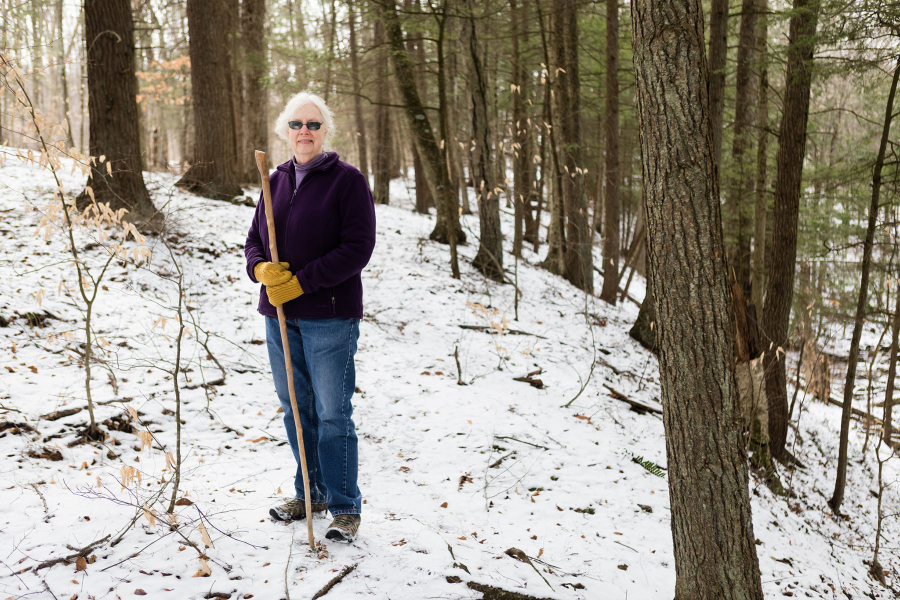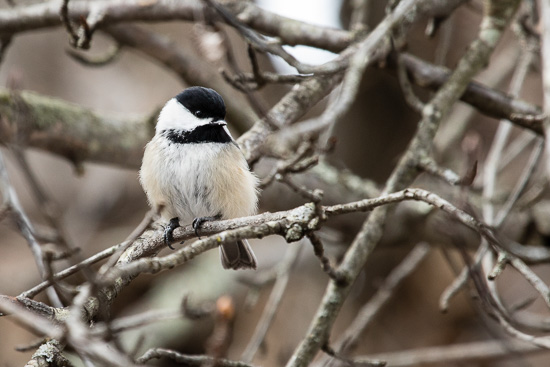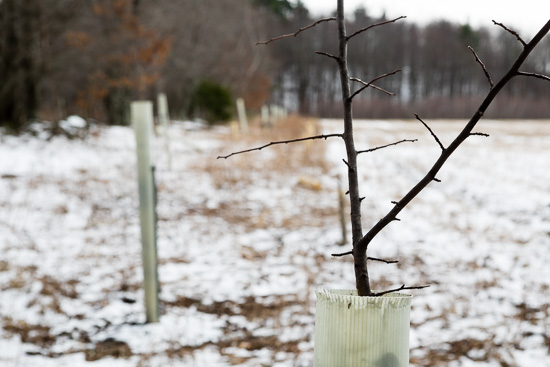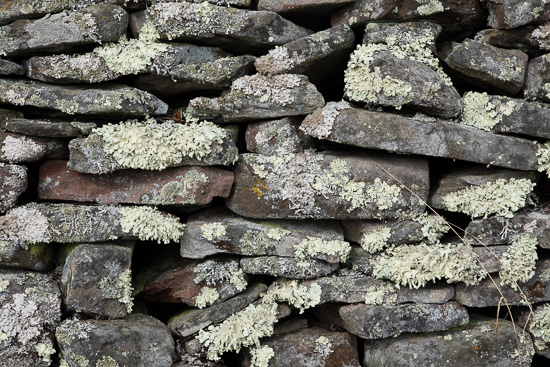A woman and her woods
Pennsylvania forest ecologist Nancy Baker helps connect women forest owners to their land

When Nancy Baker was in sixth grade, she knew exactly what she wanted to be when she grew up: a forester. She had spent every Christmas, summer and most weekends visiting her family’s land in Bradford County, Pennsylvania, and would follow in her father’s footsteps—literally—as they roamed the woods.
But when a guidance counselor asked her what she wanted to be, “forester” turned out not to be an acceptable answer. “She said, ‘Nancy, girls can’t be foresters,’” Baker remembers. “And I was crestfallen—I was just crushed.”
“I went home and I told my dad… that I couldn’t be a forester,” Baker recalls. “And he said, ‘You can be anything you want to be.’”
So that’s exactly what she did. Baker is now a forest ecologist, and for close to 40 years she has owned the 163 acres she grew up visiting (the land has now been in her family for more than 150 years). She’s the former president of the Bradford-Sullivan Forest Landowners’ Association, part of Pennsylvania’s Forest Stewardship Steering Committee and one of the Alliance for the Chesapeake Bay’s Chesapeake Forest Champions. She’s also a leader in the Women and Their Woods initiative: a program to connect women forest landowners in northeastern Pennsylvania and teach them the skills and confidence they need to care for their forests.

According to the most recent National Woodland Owner Survey, 21 percent of forest landowners are women. Whether through outliving their spouses, inheriting property or outright purchasing land, more and more women are becoming primary owners of forests. But a study by the National Association of State Foresters showed that, while 83 percent of women who inherit forestland were interested in managing it, only 34 percent felt they had enough knowledge to make informed decisions.
That’s where Women and Their Woods comes in. Whether the women have received their land through the passing of a husband, by inheritance or after purchasing it themselves, participants can access the knowledge and resources to feel confident in caring for their forests. At meetings, women forest landowners can connect, share knowledge, meet with experts and ask questions. The program also hosts four-day retreats full of hands-on activities that teach the women how to manage their forestland.
“I think there are a lot of women who—the window sort of opens for them, and it’s no longer just a green place out there,” Baker says. “It actually begins to make sense to them.”
It’s the hands-on experience that Baker feels the women might not get enough of otherwise. “Gentlemen are so nice to do things for us that we never learn ourselves,” she laughs. “As soon as you say, help me cut this off, the guy will just—not being intentionally mean or anything—they’ll just pick up the chainsaw and be very nice to you and cut it right off. And you’re standing there and you don’t get the experience.”

But chainsaws, herbicide sprayers, ATVs and even propane torches (“We almost took the eyebrows off somebody,” Baker jokes) are all fair game at the Women and Their Woods meetings. Attendees also learn how to identify plants and trees, how to measure a tree and how to talk to a forester: what questions to ask and what different terms mean.
Although some participants may be looking to learn how to garner the most income from their forests, research has shown that women tend to be far less interested in the economic value of their land. Instead, they tend to focus on its aesthetic, recreational and peace of mind values. Women and Their Woods teaches them how to care for their forest land as an ecosystem, giving them the skills they need so that, should they decide to focus on its economic returns, they can do so in a sustainable way.
Since Women and Their Woods began in 2008, about 80 women have gone through the program. Funding and support comes from several partners, including Delaware Highlands Conservancy, the USDA Forest Service at Grey Towers, Penn State University Natural Resources Extension and the Pennsylvania Department of Conservation and Natural Resources (DCNR).
On her own land, Baker works with her consulting forester to manage the health of her forest. A few fields, once cleared by her grandfather and great-grandfather, she keeps open. Otherwise, with Baker keeping a careful eye and stepping in where needed, the forest is free to take over. The two streams running along her property—Crane Creek and Panther Lick—have buffers growing alongside them that haven’t been cut since the late 1800s.

Slowly, the makeup of her forest has changed, whether through Baker’s careful management or through circumstances beyond her control, like disease, pests and climate change. Areas once home to ash trees have fallen prey to the invasive Emerald Ash Borer, leaving only a smattering of the trees standing. And while Baker could salvage and sell what timber is left, she prefers to let nature take its course: “My neighbors say, ‘Nancy, it’s all going to waste!’ No, it’s not going to waste. It’s being recycled.”
Years ago, Baker traveled to a conference on fire ecology—the study of wildland fire and its relationship to the environment. In attendance: 171 men and her. Today, Pennsylvania is home to a small but growing professional group of women foresters, many of whom lend their expertise to Women and Their Woods.
To Baker, this network of support is one of the most vital pieces of the program. “That’s the major thing that comes out of it, is that they do not feel alone anymore,” she says. “They have somebody that they can reach out to.”
To see more photos, visit the Chesapeake Bay Program’s Flickr page.

Comments
There are no comments.
Thank you!
Your comment has been received. Before it can be published, the comment will be reviewed by our team to ensure it adheres with our rules of engagement.
Back to recent stories